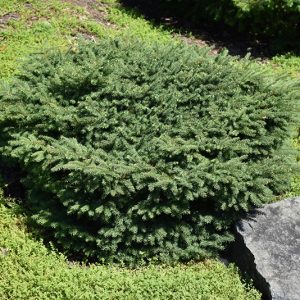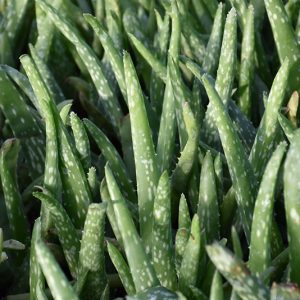Description
Growth & Care
| USDA Plant Hardiness Zone | 2b |
| Growth Rate | Fast |
| Recommended Pruning Method | Late Winter Pruning |
Foliage
| Foliage Type | Deciduous |
| Fall Color | Yellow |
| Plant Form | Upright Spreading |
Flowers
| Flower Period | Spring, Summer |
| Flower Color | Red |
| Flower Fragrance | Unscented |
| Suitable for Cut Flower Arrangements | Yes |
Additional Categories
| Additional Category | Rose |
| Additional Group | Parkland Rose |
| Landscape Application | Massing, Screening, Garden |
Details
Planting & Growing
Morden Ruby Rose will grow to be about 4 feet tall at maturity, with a spread of 3 feet. It tends to fill out right to the ground and therefore doesn't necessarily require facer plants in front. It grows at a fast rate, and under ideal conditions can be expected to live for approximately 20 years.
This shrub should only be grown in full sunlight. It does best in average to evenly moist conditions, but will not tolerate standing water. It is not particular as to soil type or pH. It is somewhat tolerant of urban pollution. This particular variety is an interspecific hybrid.
Landscape Attributes
Morden Ruby Rose is a multi-stemmed deciduous shrub with an upright spreading habit of growth. Its average texture blends into the landscape, but can be balanced by one or two finer or coarser trees or shrubs for an effective composition.
This is a high maintenance shrub that will require regular care and upkeep, and is best pruned in late winter once the threat of extreme cold has passed. Gardeners should be aware of the following characteristic(s) that may warrant special consideration:
Disease, Spiny
Morden Ruby Rose is recommended for the following landscape applications:
Mass Planting, Hedges/Screening, General Garden Use
Ornamental Features
Morden Ruby Rose is draped in stunning ruby-red flowers with pink tips at the ends of the branches from late spring to late summer. The flowers are excellent for cutting. It has dark green deciduous foliage. The oval compound leaves turn yellow in fall. The fruits are showy orange hips displayed from mid to late fall. The spiny brick red bark adds an interesting dimension to the landscape.




